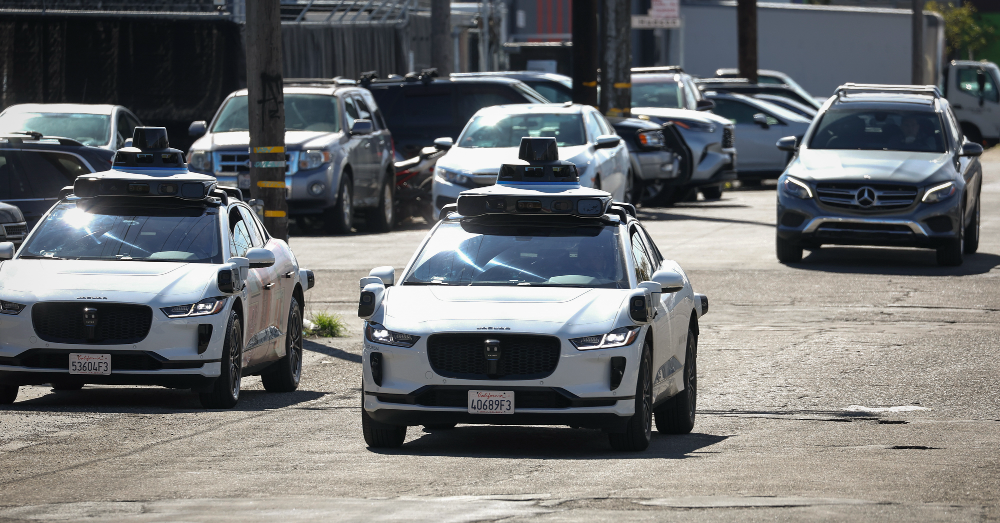The Ripple Effect of the Semiconductor Shortage
The automotive industry is feeling a secondary pitfall brought on by COVID-19 with the semiconductor shortage for vehicle production.
This shortage is somewhat self-imposed but could have a ripple effect when dealers begin to feel the effects of slower production efforts. The question you might ask is whether or not the federal government should step in, but in this case, you might think the politicians should leave this one to the suppliers and the automakers.
An Explanation of the Shortage
Last spring, when it felt as if the entire world was put on a stay-at-home order, it would have been nearly impossible to predict that vehicle production and sales would rebound as quickly as they did. Many people were transitioned to at home work situations, but that’s not how producing vehicles operates. With sales halted, production stopped, and everyone at home, most automakers adjusted their orders of the necessary semiconductors to reflect the slowed production.
Sales Rebounded Quicker than Expected
The main reason the automotive industry is experiencing a semiconductor shortage is due to the speedy recovery of sales. As dealers solved online sales challenges, began to offer vehicle delivery services, and found ways to complete the sales process remotely, the demand for new models grew. This meant production was needed, but there was another issue when automakers looked to ramp up the orders of semiconductors.
The quarantine, time at home, and general lack of events taking place around the country led to an increase in sales of electronics. Whether these electronics were for workers that suddenly found themselves working from home or for gaming systems, there was a huge spike in sales of consumer electronics over the past year. The semiconductors that would have gone to automakers were allocated to electronic manufacturers to meet this sudden spike in demand.
Production Slowing Due to Semiconductor Shortage
Many vehicles use nearly 100 semiconductors in the microchips that help operate new vehicles. These microchips are used to make the vehicle work the way we want and with the current technology we have in the market, vehicles cannot work at all without them. Due to the shortage, many automakers are slowing the production of many vehicles, including some of the most popular.
Dealers Will Soon Feel the Impact
Whether you want to look at it as the law of unintended consequences or another of the ways that COVID-19 has held our world hostage, dealer orders will eventually slow and they will feel the impact of the shortage of semiconductors. What this might mean if you’re looking for a new model to drive is yet to be seen, but it could mean price increases when you shop for your next ride.
What should the federal government do about the semiconductor shortage? Should they step in at all or leave it to the suppliers and automakers? These questions may have more to do with the timeline for suppliers to ramp up and fulfill the needs of the automotive world, but it seems as if this problem was one that would have been hard to predict.
This post may contain affiliate links. Meaning a commission is given should you decide to make a purchase through these links, at no cost to you. All products shown are researched and tested to give an accurate review for you.



